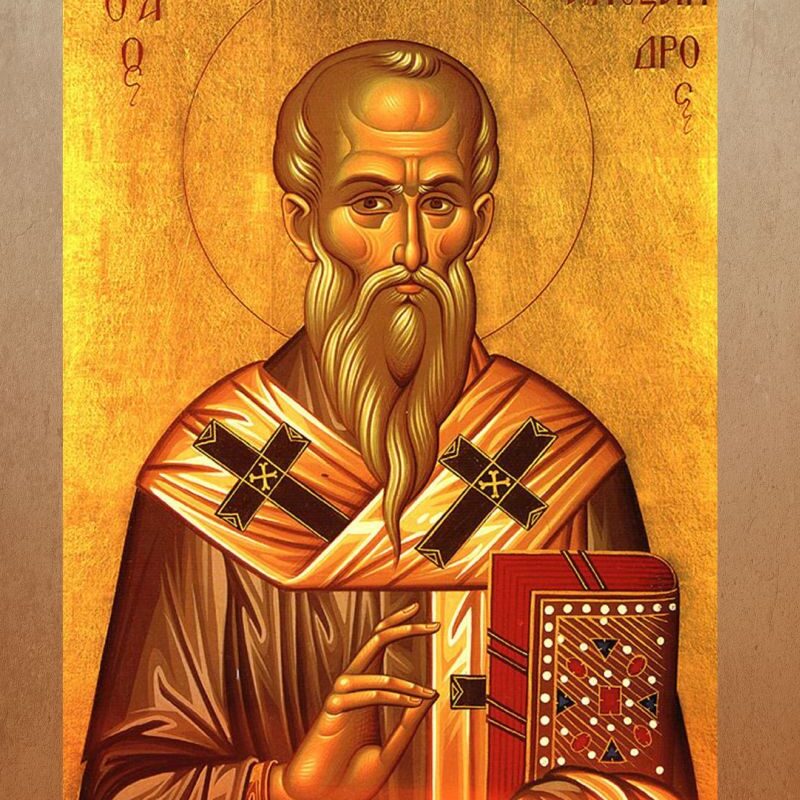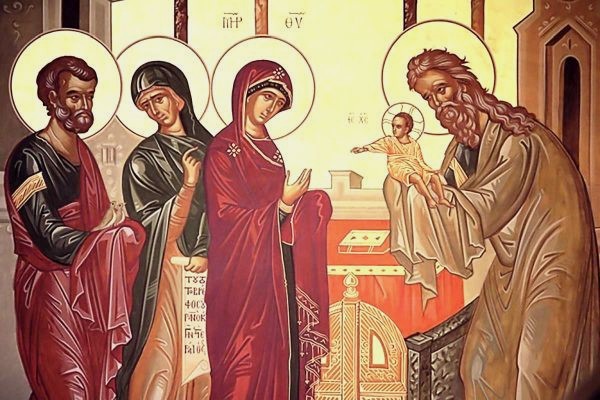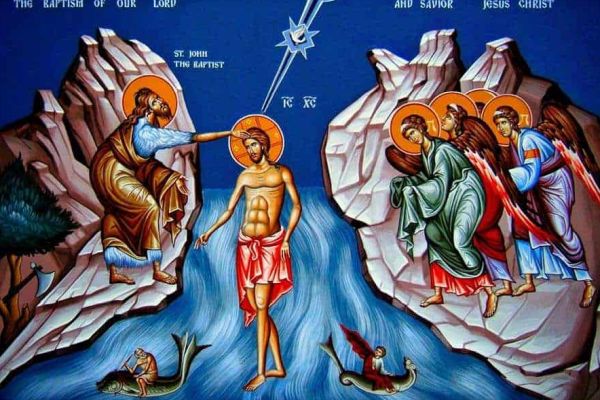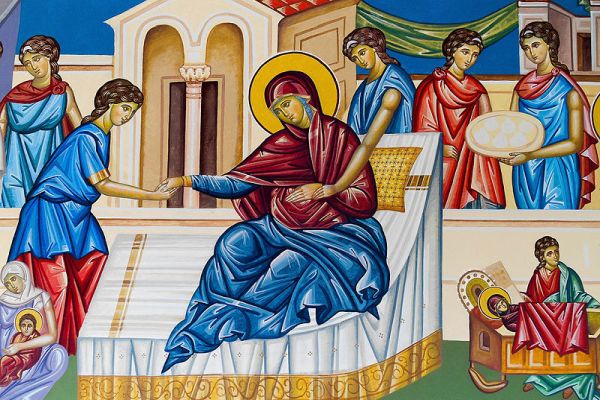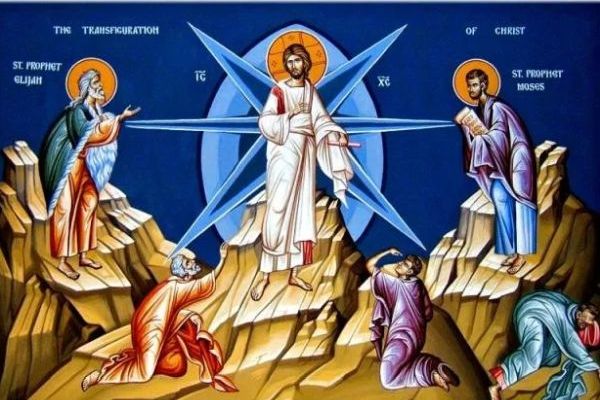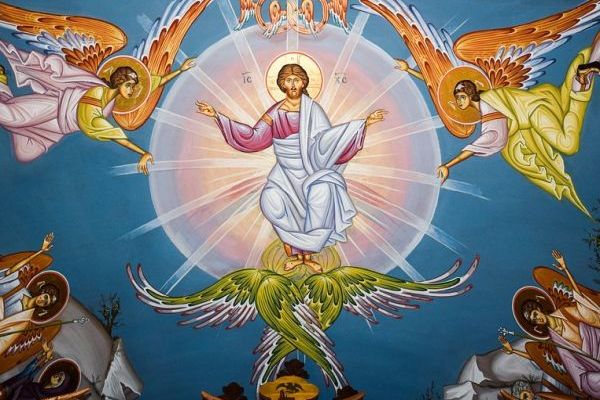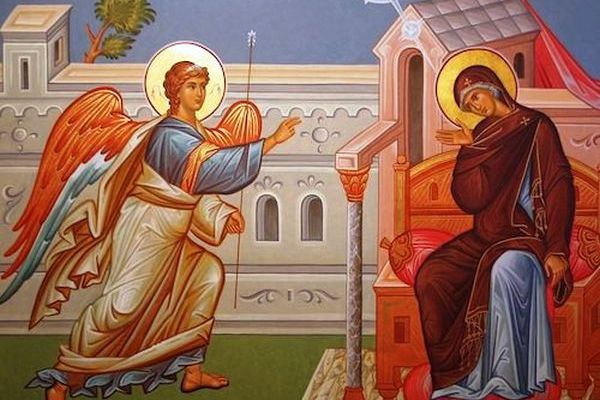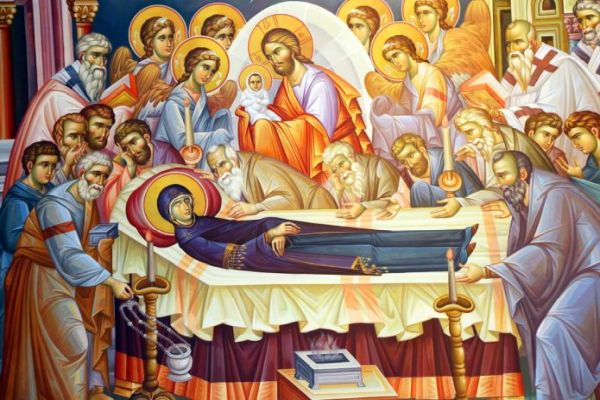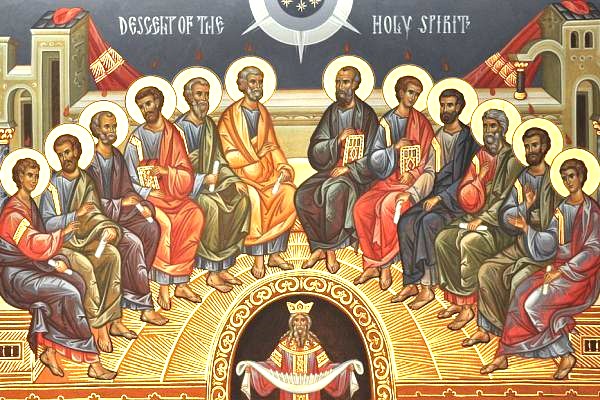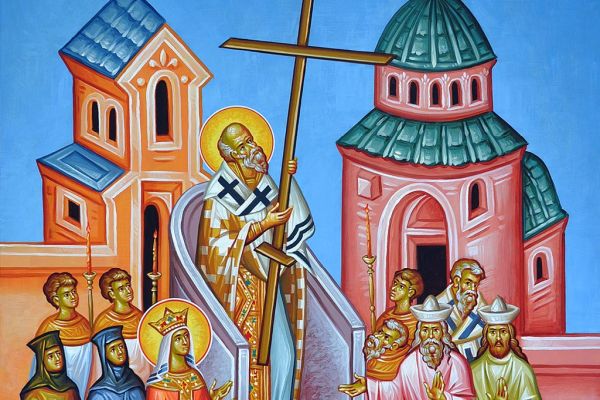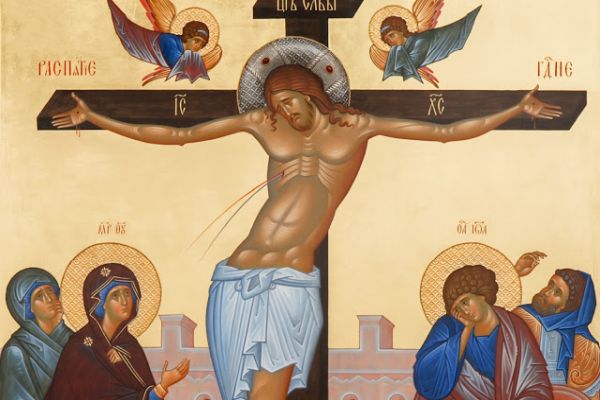Feast of St. Athanasius
the Great
On January 18, we celebrate the feast day of St. Athanasius the Great who was the 20th Patriarch1 of Alexandria, Egypt. This Church Father was a great Christian theologian and leader of the Egyptian church in the 4th century, as well as the chief defender of the Trinitarian faith. Because of his contributions and his absolute dedication to the doctrine of Christ’s divinity, he is considered as a Doctor of the Church2 and called as ‘the Father of orthodoxy’.
His Early Life
St. Athanasius was born in 296 AD and raised by Christian parents in Alexandria, Egypt. He received a good education in Alexandria, after which he retired to the desert in 315 AD to continue his studies in the monastic community of St. Anthony the Great3.
In 318 AD, he was ordained as a deacon by Bishop Alexander of Alexandria4 who mentored him5 and helped him to develop his theology and pastoral skills. It was under his leadership that St. Athanasius would go on to the Council of Nicaea and defend the doctrine of the Trinity. Because of his zeal and commitment, Bishop Alexander would later appoint Athanasius as his successor – to the position of Archbishop of Alexandria, in which role he inherited responsibility for all the churches and monasteries in Egypt and Ethiopia6.
Defending the Faith against
the Arian Heresy
St. Athanasius is best known for defending the Faith against the Arian heresy which was very popular in the 4th century. This was propagated by Arius, a presbyter who taught that Jesus Christ the Son of God was a divine being created by God the Father and was therefore inferior to the Father. Arius’ teachings gained strong popularity within among many of the Greek-speaking Christians7 and was the endorsed theology, for a time, by even several Roman emperors.
But the orthodox fathers of the Church, including Bishop Alexander and Athanasius, refuted the teachings of Arius. The controversy that ensued threatened to divide both the Church and the Roman Empire, which led to the Emperor Constantine calling for the Council of Nicaea. So it was in 325 AD, that Athanasius attended the Council of Nicaea as a deacon and secretary to his bishop, Alexander. At the Council, St Athanasius got the opportunity to refute the heresy of Arius. His speech met with the approval of the Orthodox Fathers of the Council, eventually leading them to formulate the Nicene Creed. But the issue was far from being resolved. Though the Council officially condemned the heresy and excommunicated Arius, he still had many followers who supported his teachings8.
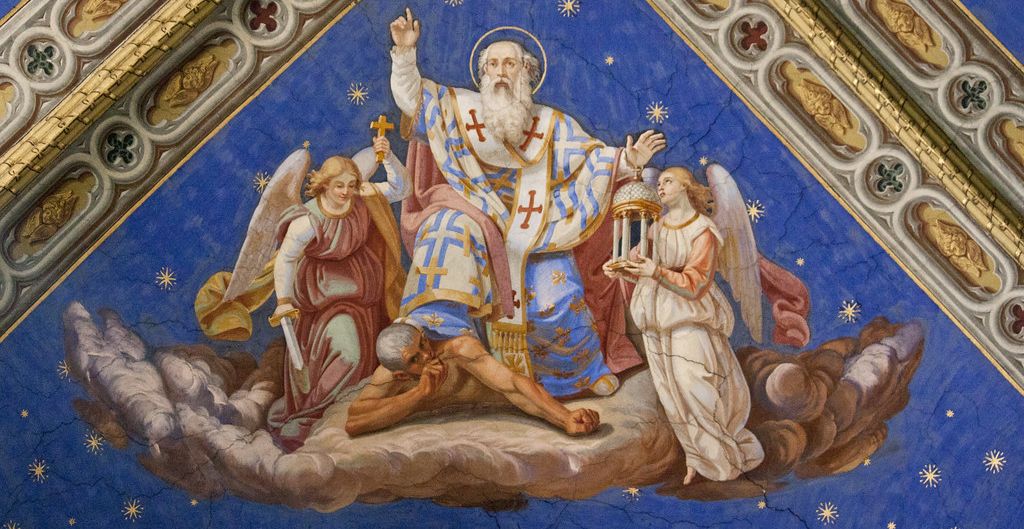
It was during this period that Athanasius, who was by then a recognized theologian and ascetic, began refuting the Arians. But the Arians had managed to gain favor in the royal court, and many Bishops also sided with them, suggesting many changes to the Nicene formula so as to bring a compromise to the controversy. But St. Athanasius stubbornly refused to any change or compromise. He clearly believed that the message of the Gospel itself, our redemption through Jesus Christ, was under severe threat and that only faith in a truly divine Son of God would satisfy as a doctrine. On this foundation, Athanasius sought to ensure that the Church would cement as orthodox the full divinity and co-eternal nature of Christ.
Persecution & Exile
Eventually, through his boldness and steadfast efforts, he turned the tide in support of orthodox doctrine. But this took a lot of time and came at a great price. The Arians lied about Athanasius to the Emperor, plotted against him, and finally forced him into exile in 336 AD. For many years, Athanasius lived among the hermits in the Egyptian desert. But even there, the Arians were after his life. Often, he had to move from one hermitage to another to escape his enemies.
But St. Athanasius continued to staunchly oppose the Arians, proclaiming that Jesus Christ was truly God, and insisting on the Nicene Creed as the Church’s authoritative rule of faith. Thus he continued to endure lawsuits, quarrels and persecutions throughout his life, resulting in him being forced into exile from Alexandria five times. In total he spent some 17 years in exile from his See9!
Final Years after Exile
In 365, Athanasius’ exile was retracted by the Emperor Valens, and so he went home to his See in Alexandria. He spent his final years repairing all the damage done during the earlier years of violence and dissent10. He resumed writing and preaching undisturbed, and characteristically re-emphasized the view of the Incarnation which had been defined at Nicaea. Finally, after having consecrated one of his presbyters Peter II as his successor, Athanasius died peacefully in 373, at the age of 76.
His Legacy
A few years after his death, the Church formally declared in the Second Ecumenical Council that Arianism was a heresy11. It was in that same council that St. Gregory Nazianzen in recognition of St. Athanasius’ contribution towards described him as “the true pillar of the Church”12 , whose “life and conduct were the rule of bishops, and his doctrine the rule of the orthodox faith.”13
St. Athanasius is a powerful example of steadfastness to modern Christians, especially when in the face of adversity. We must remember that there were times when St. Athanasius was the only orthodox Bishop, as several other Bishops had fallen prey to the Arian heresy. At the false councils organized by Arian bishops he was condemned and deposed as bishop. Despite being persecuted for many years, the saint continued to defend the purity of the Orthodox Faith, and he wrote countless letters and tracts against the Arian heresy14. He is especially a powerful patron for clergy, deacons, priests and bishops – in his colorful reminder that there are costs of standing up for the faith.
His defiance of the might of the Roman Empire in the cause of the Truth caused men to say he was ‘Athanasius contra mundum’ – Athanasius against the world. Neither threats, nor bribes, nor the opinion of the men of power prevailed against Athanasius’ faith in Christ and the truth that He was of one substance (homoousios) with the Father. For this Truth, Athanasius risked everything, relying on God to save him if he was, as he thought, the champion of truth.
We live in an era where the majority of Christians are not so much worried about the different doctrines and denominations that separate us. In our longing for the Church to be united, we seek for compromises and ways to reconcile our doctrinal differences. It may not be easy for us to understand why St. Athanasius sacrificed all for the sake of something that seemed so trivial to many, and was unpopular with the majority of the Church at that time. But Athanasius saw with the clarity of mind, that orthopraxy, literally, ‘right practice’ (or living) requires orthodoxy, ‘right teaching’, and that undermining the divinity of God the Son would undermine our faith once and for all. That is why he was ready to give his life for this. So our belief today that Jesus Christ is divine and equal with God the Father was passed down to us mainly because of St. Athanasius, the champion of orthodox belief.
His Contributions
This great saint also wrote many books about the Christian faith and orthodox doctrine, of which many have been preserved. His main treatise ‘On the Incarnation’ explains the necessity of why the Divine Word took on flesh for our salvation. In addition to this, his other works which survive are – four Orations against the Arian heresy; also an Epistle to Bishop Epictetus of Corinth, on the divine and human natures in Jesus Christ; four Epistles to Bishop Serapion of Thmuis, about the Holy Spirit and His Equality with the Father and the Son, directed against the heresy of Macedonius.
Other noteworthy contributions worth mentioning separately are
Fostering of Monasticism – Among his ascetical writings, his biography on the great monk St. Anthony called ‘The Life of St. Anthony’ achieved astonishing popularity and contributed greatly to the establishment of monastic life throughout the Western Christian world. It is said that St. Benedict, the father of Western Monasticism was influenced by the ascetic writings of St. Athanasius.
Propagation of Theosis – The earliest mention of the mystical doctrine of Theosis or Deification is given by St. Athanasius in ‘On the Incarnation’. This principle of attaining union with God by being partakers of the divine nature is summarized in his famous statement “God became man so that men could become gods”15 .
Canonization of the New Testament – In his yearly letter to all the churches and monasteries under his care (it was a custom of the Bishop to do so), St. Athanasius in AD 367 laid the foundation for the canonization of the New Testament, by writing a list of 27 books (which we now have as New Testament) as the standard (canon) of authoritative scriptural writings.
It is due to his great and numerous contributions to Christian doctrine and orthodoxy that this saint is honored as one of the Doctors of the Church by both the Catholic and the Orthodox churches. So on his feast day, we remember him and thank God for his life, and at the same time we commit ourselves to follow his example – to live and preserve our holy traditions, and if needed, even to die to protect our precious faith!
1Also referred to as the Pope of Alexandria..
2This is a title given by the Church to those saints who, through their research, study and writings have advanced the Church’s knowledge of our faith. The Eastern and Western Church differ in their list of Doctors, but St. Athanasius is common in the lists from both sides because of his undeniable contributions to orthodoxy.
3All the information we have today about the great monk St. Anthony is from his biography which St. Athanasius wrote and passed down to us.
4The Church in Alexandria was significant in those times because its theological schools were the intellectual powerhouses of the Eastern part of the Church. Bishop Alexander and St. Athanasius were part of the scholars who contributed to the Alexandrian school of Christian thought.
5 There is a tradition that the Patriarch Alexander first observed Athanasius as a child playing on the sea shore with some friends. They were reenacting the Divine Liturgy on the beach, with Athanasius playing the part of the priest and baptizing converts, precisely repeating the words he had heard in church during this sacrament. The Patriarch was impressed, and recognized that the young boy was special, and so took him under his wing and brought him up in his household.
6 St. Athanasius was consecrated Bishop when he was 28, and he guided his See for 47 years.
7For the Greeks and Romans, logic and reason was very important. So it was intellectually easier to believe in Jesus as a created demi-god, than to accept the mystery of a Father-Son relationship within the Triune Godhead.
8These were called the Arians, among whom were many powerful Bishops.
9 This refers to the Episcopal See, the area of a Bishop’s jurisdiction or authority. It is derived from the Latin ‘sedes’ which meant ‘seat’ or ‘chair’.
10 Saint Gregory the Theologian, in his Oration on the Great Athanasius, said about St. Athanasius’ return from exile – “…his conduct after his return … be treated so mildly and gently those who had injured him, that even they themselves, if I may say so, did not find his restoration distasteful.”
11 This was the Second Ecumenical Council held at Constantine in 381 A.D, where the Nicene Creed was once again confirmed.
12 Orations 21 of St. Gregory Nazianzen, 26.
13 Orations 21 of St. Gregory Nazianzen, 37.
15 St. Athanasius did not mean that we become God ontologically (that is, in our being), but that through constant communion with Christ through prayer, meditation, fasting and other ascetic disciplines, we will develop more of the nature of Christ within us and so become conformed to His image.
